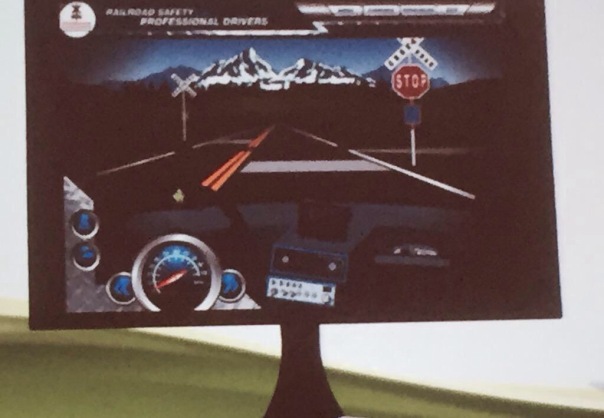ATD2015 session TU209 is with Ethan Edwards, speaking about bringing better context into e-learning. Now, I’m not an e-learning guy and generally don’t like the approach. But I am very interested in the context problem since my TK15 session with Robert Todd earlier this year. That session was quite “abstract” for me, so I’m hoping that this one will really give the 5 practical idea it promises. A good start, as Ethan is full of joy and clearly happy to be speaking. I’m listening…
It’s all about the context
In communication training sessions, we are often interested in the difference between the words that are said, and the way they are said and “everything else” that is going on. The “words” are not the part bring the most meaning.
In many e-learning modules, instructional designers often fail by imagining that their e-learning is “just putting the PPT (words + images) into a system”. But the words (and not even the images) are still not the part that bring the most meaning.
Most e-learning modules look like the one Ethan Edwards showed us… Some explanatory text, a few things you can click to go through some different iterations of the information presented and a quick test at the end. But most e-learning doesn’t work, because that information is not presented “in context”. And it is the context that brings the meaning. And the meaning that brings the spark for recall and potential change.
How do we bring the context?
Our speaker showed a great example of a bad e-learning module for truck safety at a railroad crossing. Truck drivers are basically told what to do and then asked what they would do in the same situation. It was SO horrible it actually made me feel anxious imagining the days I used to be forced to (admittedly click through and pretend to..) follow these things.
But then we saw this:
This module works on exactly the same learning objectives as the other version. But the learner is IN context. In the cab of the truck, the choices to be made are about things that are there in front of the driver (you), not presented on a screen. Truck drives don’t look at a screen. Or, as our speaker put it “I’ve been working for 30 years and my job never involved clicking A, B or C!”).
Even if you can’t make something as beautiful as this example above, or don’t have the budget and even if you are not making e-learning, the following 5 ideas can help you bring in the context:
Create a specific meaningful environment
Like the example above, whatever is being learnt has to be presented as if it is in the real environment in which the performance of behaviour is supposed to take place.
Use story
Don’t talk theorectically about what is going on, with models and theories. Use a story arc, with character, a situation, plot complications and resolution.
Insert the learner into the action
Give the learner an objective. Not a learning objective, but something to achieve in the activity. Like “Find the gangs” (for Californian police learner so). Use some element of challenge.
Embrace purpose
If you are doing compliance training, don’t tell people “we are doing this because we have to”. Show the real benefit for them in terms of their own perceived sense of purpose.
..and finally, create a sense of adventure
This could be anything. Building things up by step-but-step, showing impact of “bad behaviour” (Booom! you died!).
And that’s all folks!
Make it happen!









